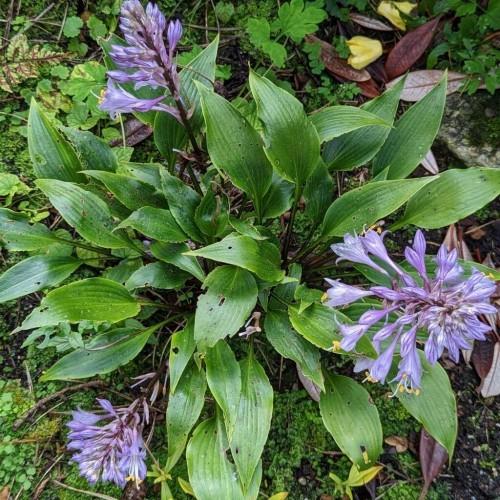
hosta
Hosta clausa
Cycle:
Herbaceous Perennial
Watering:
Average
Hardiness Zone:
3 - 8
Flowers:
Flowers
Sun:
Part shade,full shade
Leaf:
Yes
Growth Rate:
Low
Maintenance:
Low
Salt Tolerant:
Yes
watering
For the Hosta clausa plant, it is best to water them weekly in the morning with approximately 2.5 cm (1 inch) of water. This should provide the plant with an adequate amount of water to keep it healthy. Depending on the humidity and temperature of the environment, the amount of water required may vary. During hotter periods, it can be beneficial to water more often to maintain its moisture. Keeping the soil consistently moist is key to ensure the plant is receiving the correct amount of water.
sunlight
Hosta plants (Hosta clausa) will do best in part to full sun. They prefer morning sun, but can tolerate up to 6 hours of direct sunlight per day. If exposed to too much direct sun, the hosta leaves may start to lose their color. If the hosta is in full sun, it should be given some shade during the peak of the afternoon in order to avoid scorching of the leaves. During winter months, the amount of sunlight the hosta should receive will vary depending on the temperature and length of day. When the days are shorter, less sunlight should be received to help the plant go dormant for the winter.
pruning
Hosta Clusa should be pruned after flowering in late Spring to early Summer. Dead leaves should be removed and spent flower stalks cut down to the base of the plant. Additionally, thin out the center of the clump to promote better air circulation and reduce the risk of disease. Pruning of Hosta clausa should be done gently and only as needed. Pruning too much or too hard can damage the plant.
